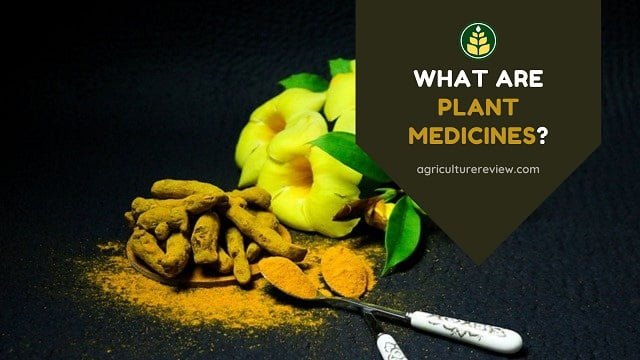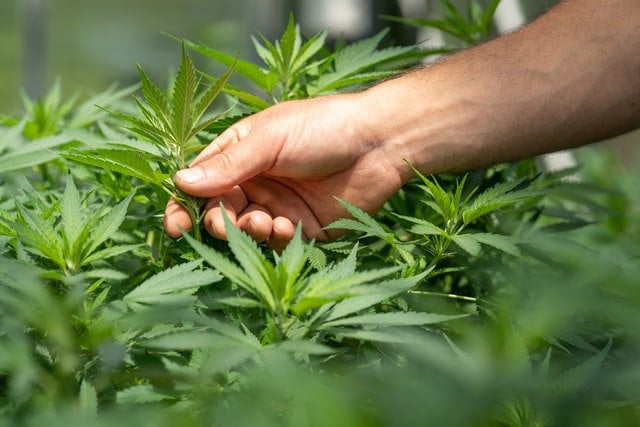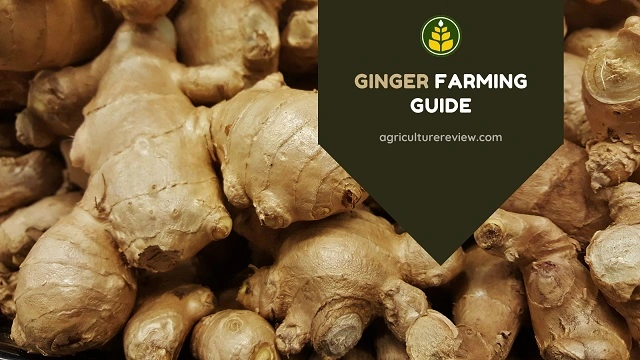Through this ultimate guide on plant medicine you will get to know what are plant medicines, examples, and their uses.
Table of Contents
What Are Plant Medicines?
Plant medicines are herbal medicines that are derived from parts of a plant. We can say that it is organically synthesized drug derived from plant parts that is different from inorganically synthesized drugs in factories and have less or zero side effects on human health.

For example we use turmeric in which natural anti-inflammatory compound Curcumin is present. This compound present in turmeric helps in fighting chronic inflammation.
History Of Plant Medicines
Human civilization started using plant medicines as traditional medicine since prehistoric times. According to resources it was Sumerian Civilization which started using plant medicines for the first time in the history of Earth.
Opium is the common medicine that has been used widely as pain relievers. However records suggests that Egyptian, Greeks, and Indians were also rich in knowledge of plant medicines.
Ebers Papyrus from मिस्र described over 850 plant medicines in his record. Similarly Ayurveda from India is worldwide famous for its efforts on using plant medicine for treating diseases.
Although Ayurveda also warns about misuse of plant medicines that’s why it has only listed around 1,200 to 1,500 plant medicines among 10,000 medicinal plants present in Asia.
The use of plant medicines began with use of culinary spices and herbs such as turmeric and chickweed. Opium, Aloe, Castor bean, Garlic, etc. are the oldest source of plant medicines that have been used in Early Sumeria, Egypt, and Asia.
Medicinal Plants & Uses
a) Garlic: The compounds present in the garlic have antimicrobial, anticancer, anti-inflammatory, and cardioprotective properties. These compounds helps in lowering cholesterol and blood pressure.
और पढ़ें: HOW TO GROW GARLIC IN GARDEN
b) Ginger: It is widely famous for treating nausea and motion sickness. Compounds present in ginger also have anti-inflammatory and anti-cancer properties.
c)Gingko: Gingko is medicinal plant that has been used in traditional Chinese medicine. Gingko leaves can be used to control dementia and Alzheimer’s diseases as it can boost brain health. However it is also useful for bone health, eye health, depression and anxiety.
d) Turmeric: It is widely used in India in culinary dishes because of its health benefits. Curcumin compound is present in turmeric which is anti-inflammatory and is useful for preventing cancer and skin diseases. Turmeric paste can be applied on cut wounds to prevent any bacterial or fungal infection.
e)Flax Seeds: Studies suggests that consuming flax seeds can help in preventing colon cancer as well as in reducing obesity.
f)Lavender: Despite being famous for its aroma, lavender is also used as plant medicine. Essential oil derived from lavender has anti-anxiety and anti-inflammatory properties. It helps to reduce stress and anxiety.
और पढ़ें: लैवेंडर की खेती पर गाइड
What Are Sacred Plants?
Those plants which have some spiritual connection or are believed to be connected with a deity that can give divine experience are known as Sacred Plants.

Many plants are used in ritual ceremonies across the globe. Now a days their use have been increasing in therapeutic centres to reduce stress. Some of the popular scared plants are Cannabis, Peyote, Jimson Weed, बेज़िल, हल्दी, आदि।




